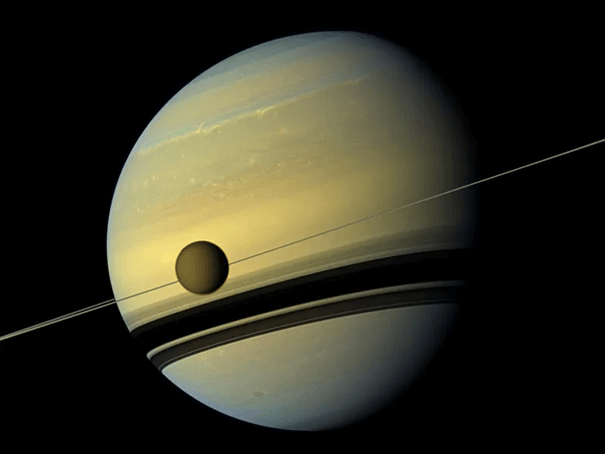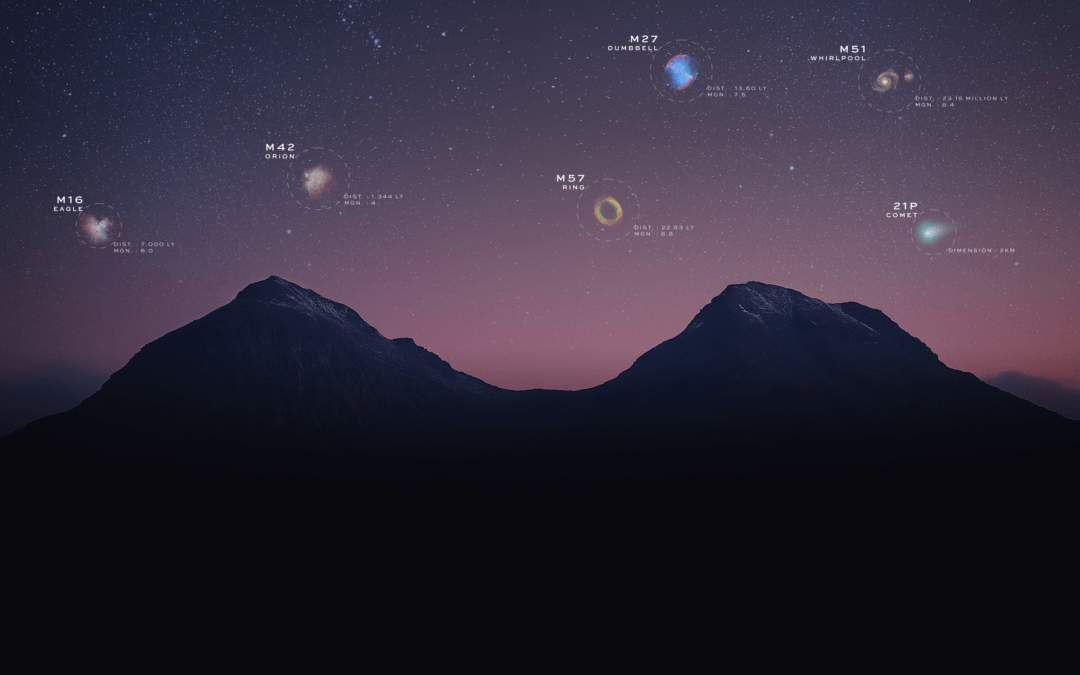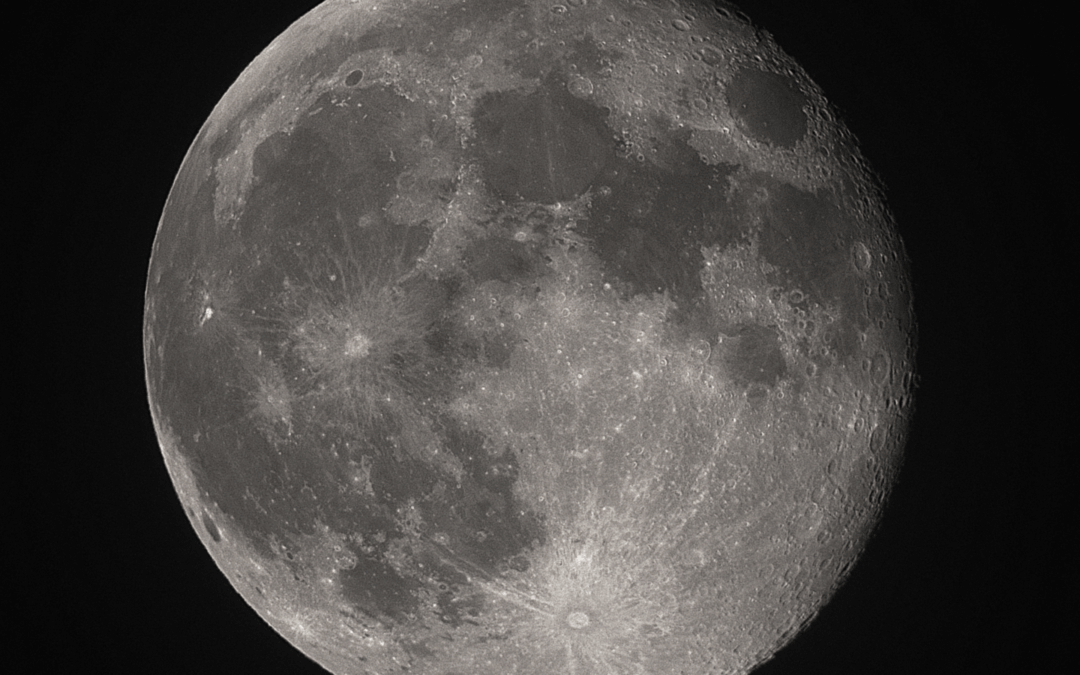Last fall, NASA launched its Lucy spacecraft on a mission to explore a record-breaking number of asteroids. Over the coming years, Lucy will fly past an asteroid in the main asteroid belt, plus seven more Trojan asteroids – a group of space rocks that trail Jupiter on its orbit. Trojans are time capsules from our solar system’s birth, and they should hold clues about where we all came from. Now, just in time to celebrate Asteroid Day, you can help NASA observe one of Lucy’s Trojan targets.
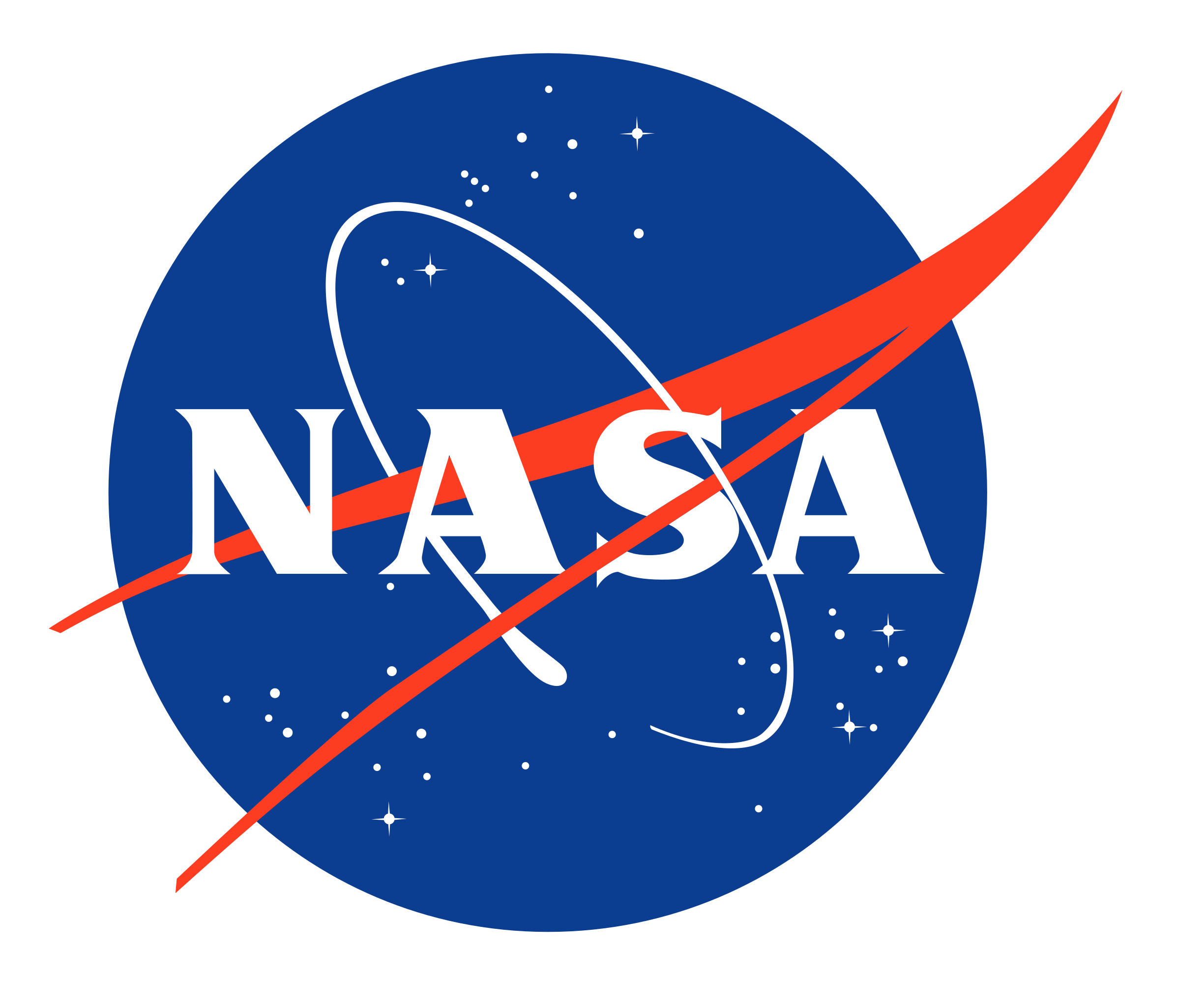
Overnight on June 30, Asteroid Day, observers in Australia (and much of Oceania) can catch the first of five upcoming occultations of the Trojan binary asteroid 617 Patroclus. Occultations occur when an object passes in front of a star, obscuring its light. Occultations can help reveal an asteroids’ size and shape. Because 617 Patroclus is passing through a crowded part of the sky, it will also see four other occultations this summer, including events occurring overnight on July 6, July 22, July 25 and July 28.
The Unistellar Network has already made key observations of 617 Patroclus, including occultations observed from Los Angeles in 2021. Each Citizen Science observation of the upcoming occultations gives astronomers the chance to better understand the location and orbit of this binary asteroid. By piecing together observations, and seeing how they line up with their predictions, NASA astronomers hope to learn more about 617 Patroclus before Lucy meets it in 2033. The cosmic coincidence of having the first occultation fall on Asteroid Day just makes it even more special!
Asteroid Day commemorates the so-called Tunguska event in 1908 – the largest asteroid impact ever recorded on Earth. It’s an international day of events raising awareness for planetary defense and all things space rocks, from their key place in the formation of our solar system to the dangers they present for Earth.
Ready to observe?
Since asteroid 617 Patroclus is a target of NASA’s Lucy spacecraft, the Unistellar Network will use predictions for each occultation that come straight from the mission team.
If this is your first time, read Unistellar’s tutorial on how to detect an occultation with your eVscope. Already a shadow hunter? Visit our Asteroid Occultation Predictions page, click on Oceania on the drop-down menu and scroll down the page until you find 617 Patroclus. Then, click on it. A map of Oceania with the path of the occultation should appear below. Select the event near your location.
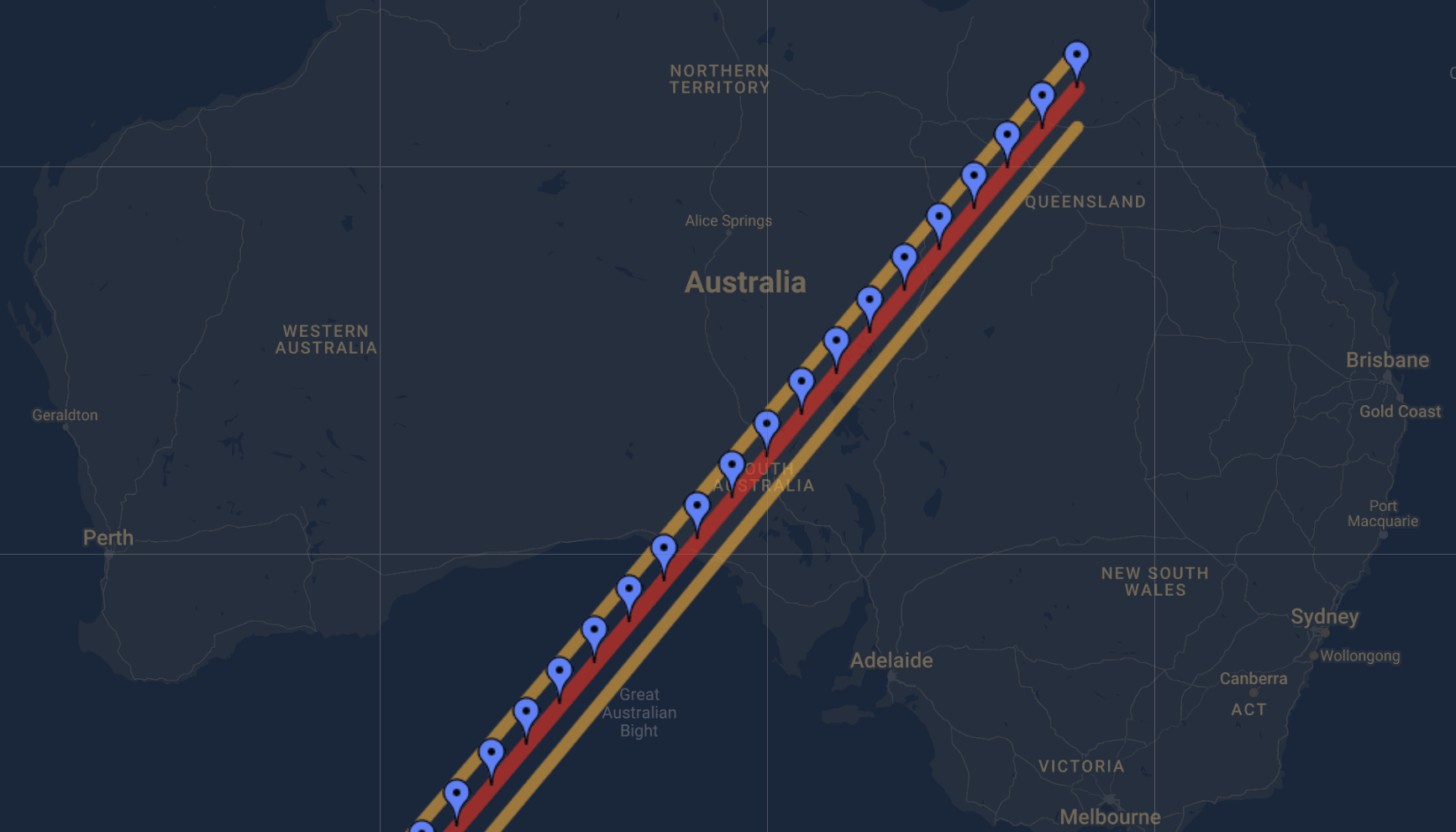
Map for the event of the occultation by Patroclus on June 30th.
Zoom into the map so you can see the exact location where you can observe this occultation. Check the information above the map to make sure you have the correct parameters and observe for the correct duration.
If you have any questions, please reach out to us at [email protected].
Further readings
Titan’s shadows
Every month, discover three unmissable celestial events to observe with your Unistellar telescope.
3 Reasons to observe this month
Every month, discover three unmissable celestial events to observe with your Unistellar telescope.
Observing Eclipses on Jupiter: Cosmic Spectacles Through a Telescope
The latest Unistellar App Update, version V3.0, is now live. Explore a smooth stargazing experience !
Unistellar Community Included In Multiple Scientific Papers
Did you know Unistellar Citizen Astronomers are often cited in published scientific papers? Find out how you can contribute too!
What Are the Names of All the Full Moons in 2024?
Discover the enchanting names of the full moons in 2024. Delve into the unique character of each lunar spectacle and embrace the allure of the night sky.
New Unistellar App Update: Version 3.0
The latest Unistellar App Update, version V3.0, is now live. Explore a smooth stargazing experience !

